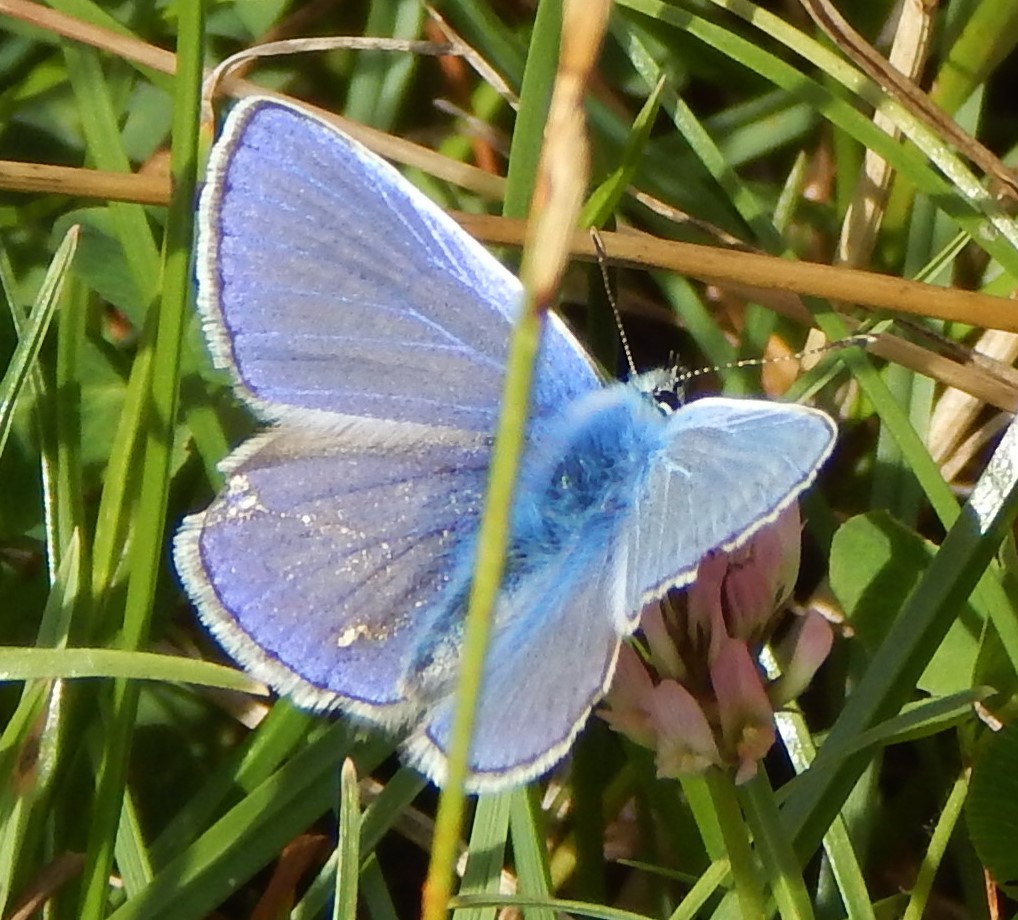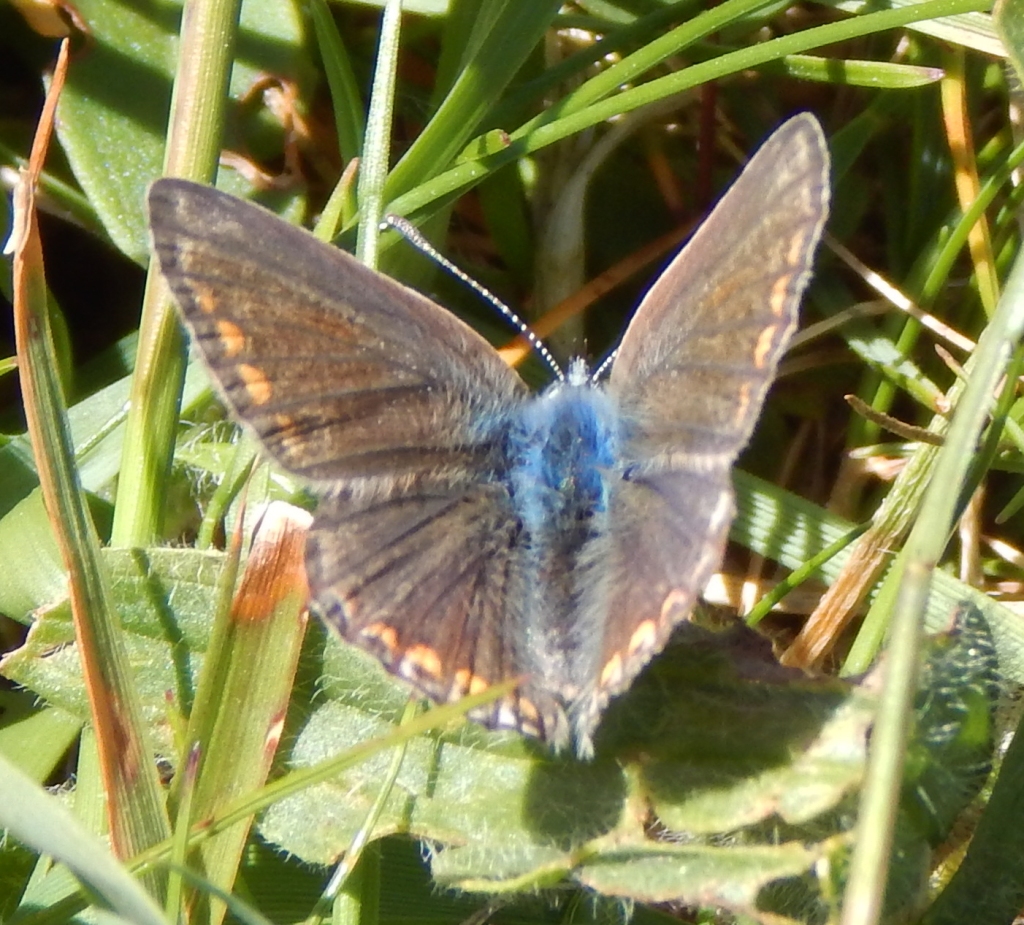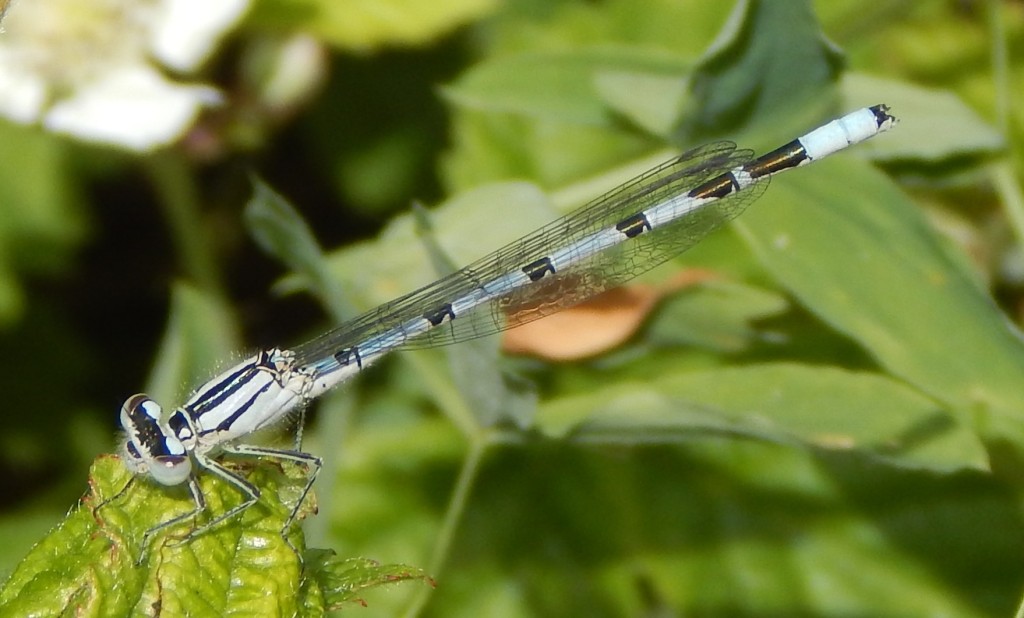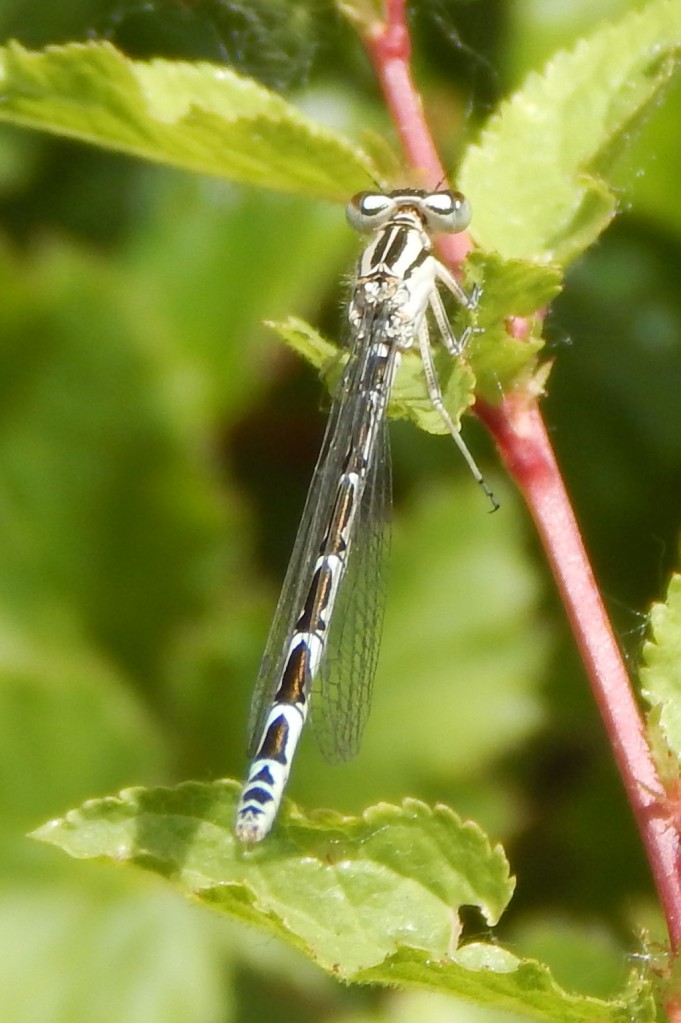
[275] Polyommatus icarus, Common Blue
Introduction
Pollyommatus icarus, the Common Blue, is a common and widespread butterfly. Only the male is blue and only when he shows his upper wings.
It is almost never called the Common Blue Butterfly but should not be confused with [126] the Common Blue Damselfly or any other species called common blue.
There are about two hundred species of Polyommatus, many of which look very similar and some of which are called Blues.
Taxonomy
Kingdom – Animals
Phylum – Arthropods
Class – Insects
Order – Lepidoptera (Butterflies and Moths)
Family – Lycaenidae
Subfamily – Polyommatinae (Blues)
Genus – Polyommatus
Scientific Name – Polyommatus icarus
Name
Poly-ommatus, from Latinized Ancient Greek, means ‘with many eyes’, presumably from the patterns on the underwings.
In Greek mythology Icarus flew with wings constructed by his father Daedalus. But he flew too close to the sun and fell into the sea as the wax holding his wings melted. This makes the species epithet icarus as appropriate for the Common Blue as it would be for any other butterfly or moth, or most of the other insects!
Description
Polyommatus icarus is a relatively large butterfly, significantly larger than the Holly Blue. The male butterfly is bright blue all over the upper sides of the wings, with a thin black border.

Females are brown, sometimes with some bluish tints. The wing borders are marked with orange spots.


(In Scotland the females are bluer in colour.)
The undersides of the wings have a row of orange markings on the outside and a number of black centred white dots.

The males are more bluish-grey while females are browner.



Several similar related species can be identified by more precise examination of the patterns of dots – but the other species are much rarer.
Larvae feed on a large number of species of leguminous plants such as [343] Clover. The adult stage only lasts about three weeks.
Habitat
The Common Blue is common and widespread over all of the UK, generally in grassland habitats. It is found over most of Europe and parts of Asia and North Africa.
See also
[072] The Holly Blue is the only other common closely related species.








